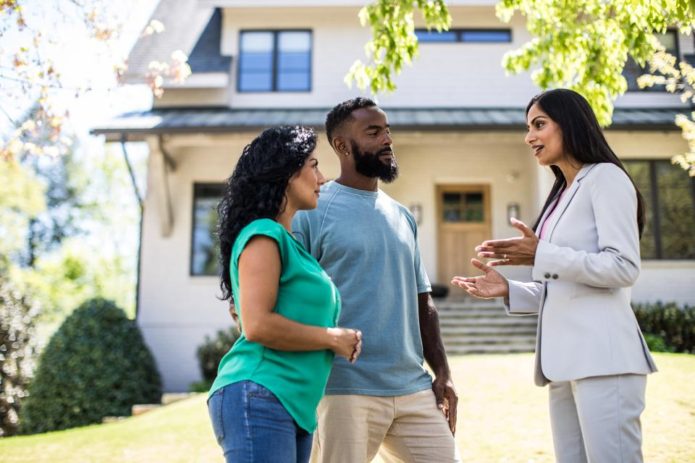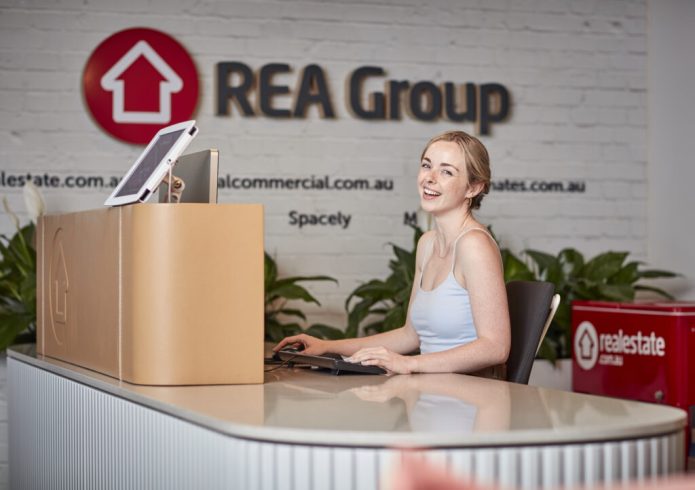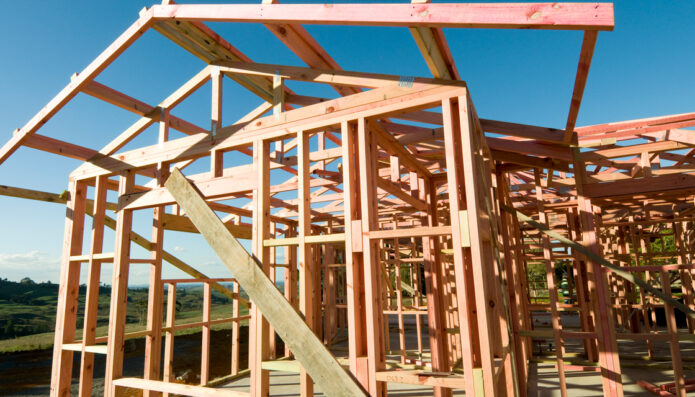PHOTO: Image by rawpixel.com
According to STUFF virtual reality tours are being touted as a game-changer for selling real estate by a new study, but people working in the industry are divided over whether virtual strategies work well.
University of Auckland business school researchers found properties that offered virtual reality tours attracted an additional 72.3% prospective buyers to on-site inspections, compared to properties that did not provide a virtual reality tour.
Professor Deborah Levy and Dr William Cheung used data from one of China’s largest real estate agencies, and looked at 4000 house sales across 14 districts in Wuhan, for the analysis.
Cheung said they found the use of virtual reality in property marketing motivates buyers to physically inspect a property.
It also reduces the property’s time on the market by 6.41%, and improves information transparency, narrowing the difference between the asking and transacted prices of a property by 2%, he says.
There is also a correlation between the number of social media followers a property has and the number of physical visits it receives, he says. A 1% increase in followers led to a 21% increase in physical visits to the property.
“The technology benefits buyers as it allows them to get a real-life feel for the property before having to visit it in person, and it is relatively inexpensive with buyers able to purchase headsets from around $30 for use with a smartphone.”
Real estate companies looking to offer virtual reality tours will have to make a more substantial investment, but New Zealand will soon catch up to overseas agents already using it to market properties, Cheung says.

“I did a lot of virtual reality tours of apartments in China, where the tours are sophisticated and provide a high-quality experience. This technology is making it easier for people to find their dream home.”
In New Zealand, virtual reality tours are not a big part of real estate marketing, although they are used with some high-end property offerings, notably when they are being marketed off-the-plan.
Apartment Specialists director Andrew Murray, who has an interest in proptech, says there is huge potential in virtual reality, but the technology, and the public, is not there yet.
Virtual reality can be a great way to engage with buyers, particularly in a busy, hot market, he says. “You can show them multiple properties online instead of via physical tours, and it means you don’t have too many people at open homes, and can manage the process more efficiently for buyers.”
It has become more user-friendly, but the graphics need to be improved as they are clunky, people do not like the googles, and the speed of the internet makes a big difference, he says.
“Its time will come one day, but that day has not arrived yet. Still, it is something we need to be aware of for when that time changes.”
But another technique using augmented reality that is increasing in popularity in New Zealand is virtual staging. This involves digitally staging photos of a property, instead of physically staging the property itself.
It is a trend motivated by costs and convenience, and Murray says when done well it looks amazing, as it did with The Rise and Pacifica apartments in Auckland, and attracts potential buyers.
“The problem is that too often it is not done well. There are lots of companies who do it badly, and lots of agents who can’t tell what is good, or not.”
Virtual staging has improved though, he says. “Now every five to six listings has it because it is better to show furniture digitally than it is a blank canvas as it shows what a property can be used for.”

Ray White Manukau co-owner Tom Rawson says his agency uses digital staging for a variety of different reasons, including to digitally declutter, and tidy up, the marketing images of tenanted properties.
It is often used when marketing vacant properties. In many cases, the lounge will be staged with furniture, but the rest of the rooms will be digitally staged to show what they could look like furnished, he says.
“In our market, one reason for this is that people were working out which houses for sale were empty but staged, and stealing the furniture used for staging. Going digital prevents that.”
Much depends on the quality of the images, and he has seen ones where the proportions are wrong, and the furniture is too big for the space, but if a decent company is used it can work very well, he says.
“Ultimately, digital staging is to create interest and draw people in. It is to provide a good first impression to get people along to the place to have a look, and for that it is more engaging to have furnished rooms.”
Physical staging costs upwards of $2000, and costs increase the longer a property is staged for, Rawson says.
“There is a point when it is too expensive to physically stage some of the cheaper properties, and it just isn’t worth it.
“In contrast, it costs about $50 per photo for digital staging, and with a minimum of five photos it might cost as little as $250 for a house, so it works well in that space.”
But home stager Ana Stevenson, from Open Home Ready, says digital staging may be cheaper, but the images are often misleading and do not reflect the reality of the space in a room.
People tend to be disappointed when they visit a property in person after seeing it digitally staged, as it is not what they think they are going to see, she says.

“Whereas physical staging is the icing on the cake in getting a house ready to sell well, and owners are usually amazed at what we can do for them, especially if the property is a tired ex-rental.”
If a property is empty and has some issues, physical staging can take the focus away from the negatives, and draw out the positives, she says.
“I’d say 95% of people find it hard to imagine how a property they are visiting will look furnished, but if it is staged when they visit, they can see it in its best light. Staging also reduces the days to sell time.”
MOST POPULAR
 Companies linked to ‘property queen’ go into liquidation
Companies linked to ‘property queen’ go into liquidation House prices falling across the country except for one jewel of a spot | CoreLogic NZ
House prices falling across the country except for one jewel of a spot | CoreLogic NZ Real estate agent’s brilliant reply to ‘sleazy customer’
Real estate agent’s brilliant reply to ‘sleazy customer’ Disgraced real estate agent appeals against prison sentence
Disgraced real estate agent appeals against prison sentence Claims about Jacinda Ardern’s wealth
Claims about Jacinda Ardern’s wealth Is this $35m Queenstown home the most expensive property on the market? | WATCH
Is this $35m Queenstown home the most expensive property on the market? | WATCH Major shake-up to banking on its way
Major shake-up to banking on its way Abandoned land for sale
Abandoned land for sale THE WATCHER: Aptly-named real estate agent Karen needs a dose of karma
THE WATCHER: Aptly-named real estate agent Karen needs a dose of karma 100 Most Influential Real Estate Agents | NOW LIVE
100 Most Influential Real Estate Agents | NOW LIVE



















